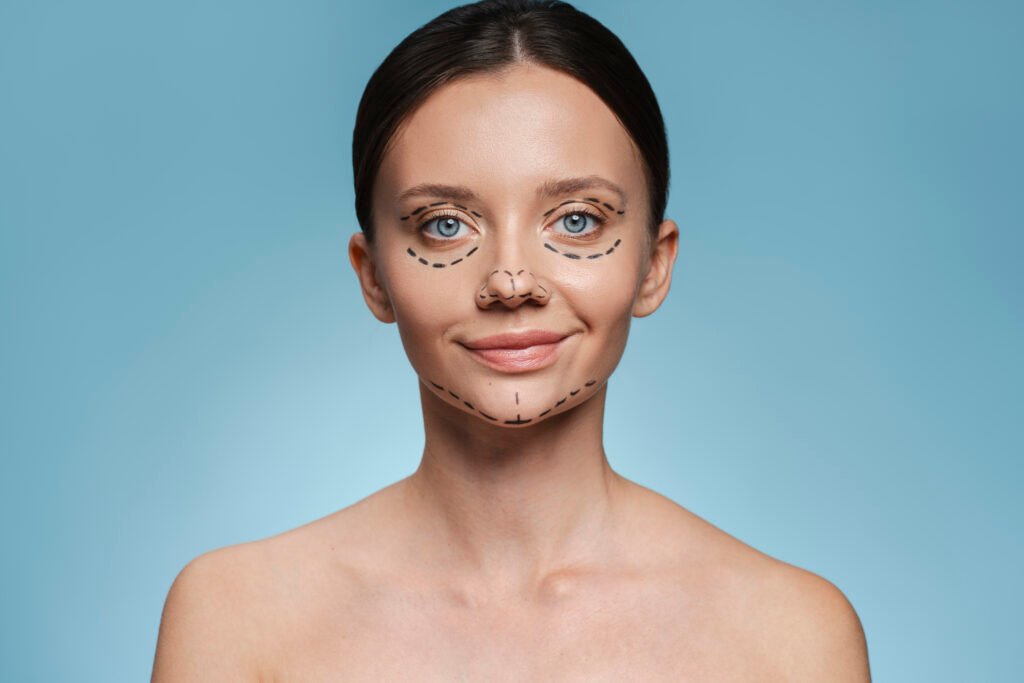Facial deformity correction refers to the surgical procedures designed to treat congenital or acquired facial abnormalities. These deformities can affect the structure and function of the face, leading to both physical and emotional challenges for the affected individuals. The goal of facial deformities correction is not only to improve the aesthetic appearance but also to restore function and overall quality of life.
Types of Facial Deformities
- Congenital Deformities
These deformities are present at birth and can include:- Cleft lip and palate
- Craniofacial syndromes (e.g., Treacher Collins syndrome, Crouzon syndrome)
- Micrognathia (small jaw)
- Macrostomia (wide mouth)
- Acquired Deformities
These deformities develop later in life due to various factors, such as:- Trauma or injury to the face (e.g., fractures, burns)
- Infections or diseases (e.g., tumors, osteomyelitis)
- Surgical removal of tumors or cysts
- Aging-related changes (e.g., sagging skin, bone resorption)
Common Facial Deformities and Their Corrections
- Cleft Lip and Palate Correction
- A common congenital deformity where there is a split or gap in the upper lip and/or the roof of the mouth (palate).
- Surgery involves closing the gap, usually performed in stages, starting from infancy.
- Jaw and Chin Reconstruction
- Procedures such as orthognathic surgery (jaw surgery) can correct misaligned jaws, which might cause functional issues like difficulty chewing, speaking, and breathing.
- The surgery realigns the jawbone and can also enhance facial symmetry.
- Facial Trauma Repair
- Facial trauma, such as fractures of the nose, cheekbones, or jaw, may require reconstructive surgery.
- Surgeons use advanced techniques, including plating and wiring, to restore facial structure and function.
- Tumor Removal and Reconstruction
- Removal of tumors, whether benign or malignant, can leave deformities or functional impairments.
- Reconstruction techniques, including grafts or prosthetics, are used to restore appearance and function.
Why Correct Facial Deformities?
- Improved Functionality: Surgery can restore the ability to speak, eat, and breathe properly, especially when the deformity affects the jaw or palate.
- Enhanced Aesthetics: Correcting deformities can greatly improve facial appearance, boosting self-confidence and reducing social stigma.
- Emotional Well-being: People affected by facial deformities often experience psychological challenges. Correction can lead to a more positive self-image and improved quality of life.
Questions and Answers
- What is the ideal age for facial deformity correction?
The ideal age varies depending on the type of deformity. For conditions like cleft lip and palate, surgery is often done in infancy. Jaw surgery is typically performed after the growth plates have closed, usually around 18 years or older. - What is the recovery time for facial deformity surgery?
Recovery time depends on the procedure performed. Minor surgeries might require a few weeks of healing, while more complex procedures (such as jaw or bone reconstruction) may require several months for full recovery. - Are facial deformity surgeries covered by insurance?
Many health insurance plans cover facial deformity correction, especially if the procedure is medically necessary. However, cosmetic surgeries that do not affect function may not be covered. - Are there any risks associated with facial deformity correction?
As with any surgery, there are risks, including infection, scarring, nerve damage, and complications related to anesthesia. However, these risks are minimized when performed by an experienced surgical team. - Will I need follow-up treatments after surgery?
Follow-up care is crucial for monitoring healing, ensuring proper function, and addressing any complications. Depending on the surgery, follow-up appointments might be scheduled for months or even years after the procedure.
Conclusion
Facial deformities correction offers a transformative solution for individuals with congenital or acquired facial abnormalities. These procedures not only restore physical appearance but also improve functionality and emotional well-being. With advancements in surgical techniques, patients can expect better outcomes and faster recovery times. If you or someone you know is affected by a facial deformity, consulting with a skilled facial surgeon is the first step towards achieving a more confident and functional life.

